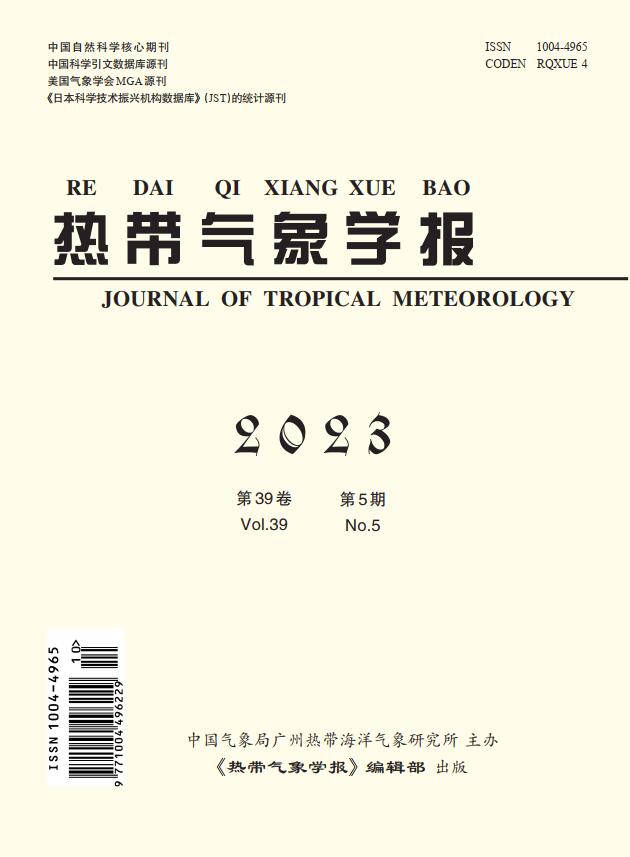IMPACT OF VERTICAL RESOLUTION, MODEL TOP AND DATA ASSIMILATION ON WEATHER FORECASTING-A CASE STUDY
IF 1.4
4区 地球科学
Q4 METEOROLOGY & ATMOSPHERIC SCIENCES
引用次数: 0
Abstract
The impacts of stratospheric initial conditions and vertical resolution on the stratosphere by raising the model top, refining the vertical resolution, and the assimilation of operationally available observations, including conventional and satellite observations, on continental U. S. winter short-range weather forecasting, were investigated in this study. The initial and predicted wind and temperature profiles were analyzed against conventional observations. Generally, the initial wind and temperature bias profiles were better adjusted when a higher model top and refined vertical resolution were used. Negative impacts were also observed in both the initial wind and temperature profiles, over the lower troposphere. Different from the results by only raising the model top, the assimilation of operationally available observations led to significant improvements in both the troposphere and stratosphere initial conditions when a higher top was used. Predictions made with the adjusted stratospheric initial conditions and refined vertical resolutions showed generally better forecasting skill. The major improvements caused by raising the model top with refined vertical resolution, as well as those caused by data assimilation, were in both cases located in the tropopause and lower stratosphere. Negative impacts were also observed in the predicted near surface wind and lower-tropospheric temperature. These negative impacts were related to the uncertainties caused by more stratospheric information, as well as to some physical processes. A case study shows that when we raise the model top, put more vertical layers in stratosphere and apply data assimilation, the precipitation scores can be slightly improved. However, more analysis is needed due to uncertainties brought by data assimilation.垂直分辨率、模式顶和资料同化对天气预报的影响——以实例研究为例
本文研究了平流层初始条件和垂直分辨率对平流层的影响,通过提高模式顶、改进垂直分辨率和同化现有观测资料(包括常规观测和卫星观测)对美国大陆冬季短期天气预报的影响。根据常规观测分析了初始和预测的风和温度廓线。一般来说,当使用较高的模型顶部分辨率和精确的垂直分辨率时,初始风偏和温度偏廓线的调整效果较好。对流层下部的初始风廓线和温度廓线也观察到负面影响。与只升高模式顶的结果不同,当使用较高的模式顶时,对实际观测资料的同化导致对流层和平流层初始条件的显著改善。利用调整后的平流层初始条件和改进的垂直分辨率所作的预测总体上显示出较好的预测技巧。以精确的垂直分辨率提高模式顶所引起的主要改进,以及数据同化所引起的主要改进,都位于对流层顶和平流层下层。在预测的近地面风和对流层低层温度方面也观察到负面影响。这些负面影响与更多平流层信息造成的不确定性以及一些物理过程有关。实例分析表明,提高模式顶,增加平流层垂直层数,并进行同化处理,可略微提高降水分值。但由于数据同化带来的不确定性,需要进行更多的分析。
本文章由计算机程序翻译,如有差异,请以英文原文为准。
求助全文
约1分钟内获得全文
求助全文
来源期刊

热带气象学报
METEOROLOGY & ATMOSPHERIC SCIENCES-
CiteScore
1.80
自引率
8.30%
发文量
2793
审稿时长
6-12 weeks
期刊介绍:
Information not localized
 求助内容:
求助内容: 应助结果提醒方式:
应助结果提醒方式:


